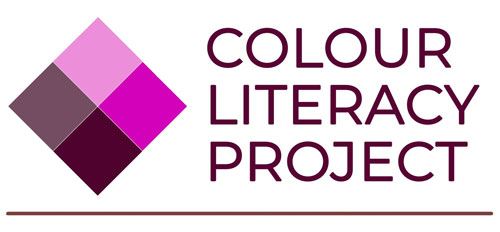The Color Council (ISCC) is the principal interdisciplinary society in the United States dedicated to advancing color research and best practices in industry, design/arts and education. |
NEWS!
Deadlines for our Student Support Grant are May 15 and October 15 of each year. This grant is designed to assist undergraduate and graduate students with activities pertaining to color. Details and application forms here.
Grow your color knowledgeLearn and connect with color professionals through our events, resources, and programs! |
The Colour Literacy Project is an educational initiative to strengthen the bridge between art and science in 21st century colour education. This project provides foundational, state-of-the-art resource within a STEAM framework. Teaching guides available for free download. |
Join students from all disciplines and network with color professionals. Discover state-of-the-art information about color in our lives and applications in the world. New episode every month. One-hour presentation on topics such as branding, architecture, paint, and more. MORE ABOUT FLUORESCENT FRIDAYS |
Consider this the online version of coffee breaks and happy hours at a color conference. BYO coffee or beverage and join in the conversation! Socialize, network, and learn! Discussions are wide-ranging and depend on attendees, their current interests and past experience. |
A deeper dive into a range of topics related to color. BOLD: Color from Test Tube to TextilePresented by Dr Elisabeth Berry Drago, Director of Visitor Engagement at the Science History Institute. Recorded January 23, 2024. |
We are sharing this webinar to non-members for free. Visit this link and enter your name and email address. |
A Look Inside Our Quarterly:Join the Color Council to receive the entire publication! |
Diffusion Material for Luminous Mosaic ImagesIn this editorial, Richard Travis presents a follow-up to his 2021 pair of articles about color education and additive color mixing, which also serves to remind us all to have a look at both of his preceding works. |
Blue Morphos Have a Cool ColorI first encountered the blue morpho in Kai Kupferschmidt’s book, Blue: In Search of Nature’s Rarest Color, which I reviewed in Issue 504 of ISCC News. There I learned about a tricky problem that the butterfly appears to have solved through natural selection. Interference patterns can lead to brilliant structural colors, but the color you see generally depends on the angles of illumination and viewing. |
Subscribe to our mailing listSubscribe to our mailing list to receive information about our upcoming events. |









